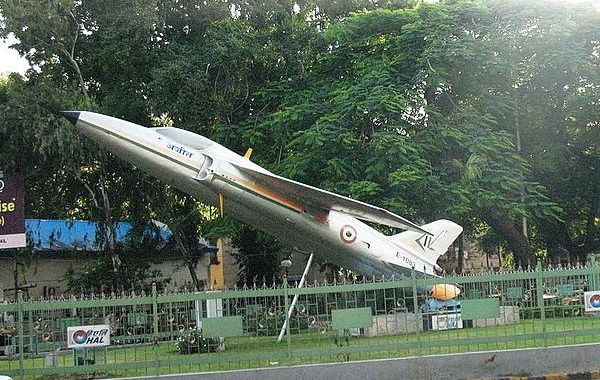Interesting facts about the HAL Ajeet; IAF’s (Indian Air Force) version of Folland Gnat
The aircraft we present today is the one whose design was based on the design of another aircraft which was allowed for local production in a foreign country. The name of this aircraft is HAL Ajeet which was developed as the jet-powered fighter jet that was designed and then developed by the Indian aircraft manufacturing … Continue reading Interesting facts about the HAL Ajeet; IAF’s (Indian Air Force) version of Folland Gnat
